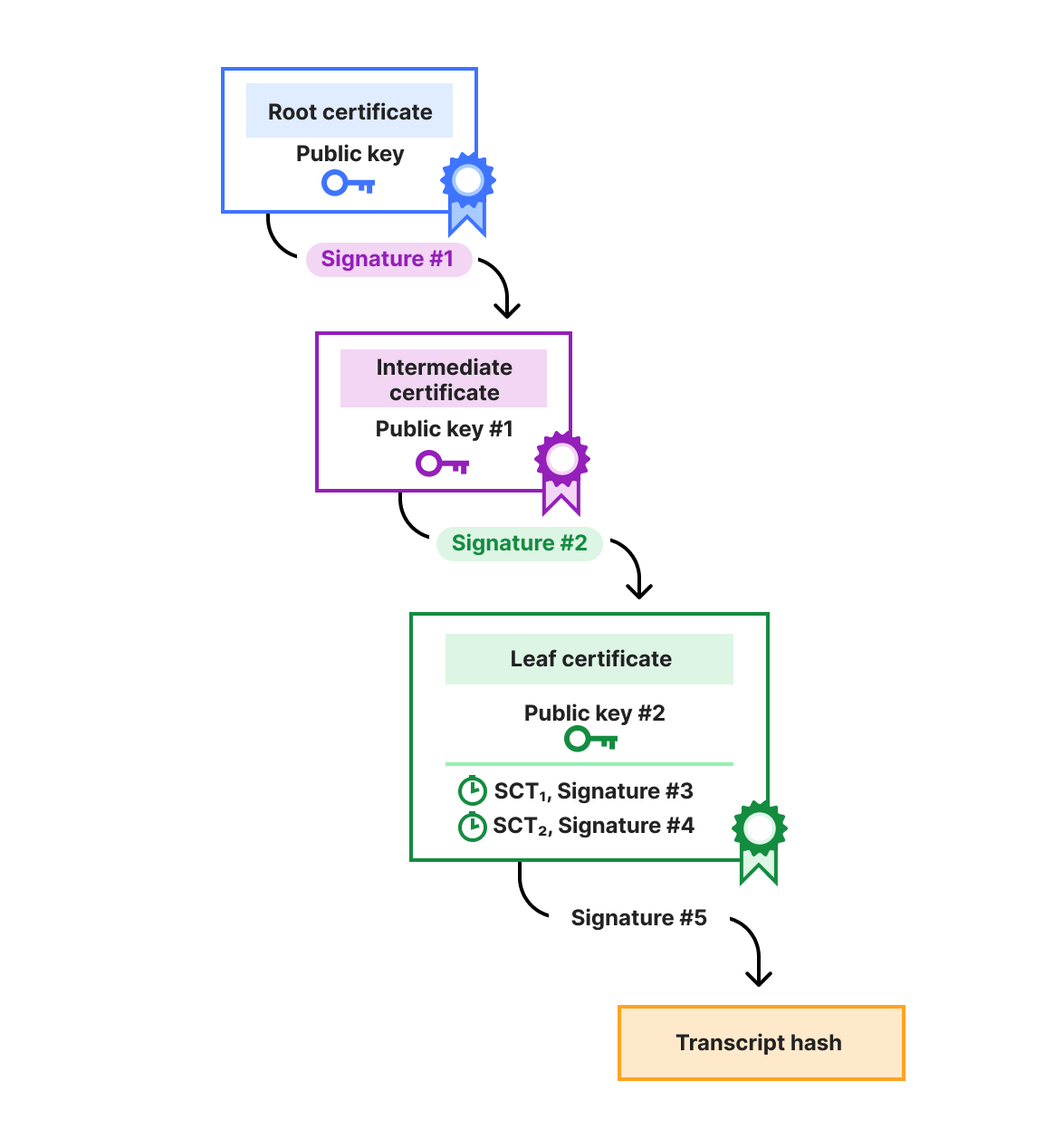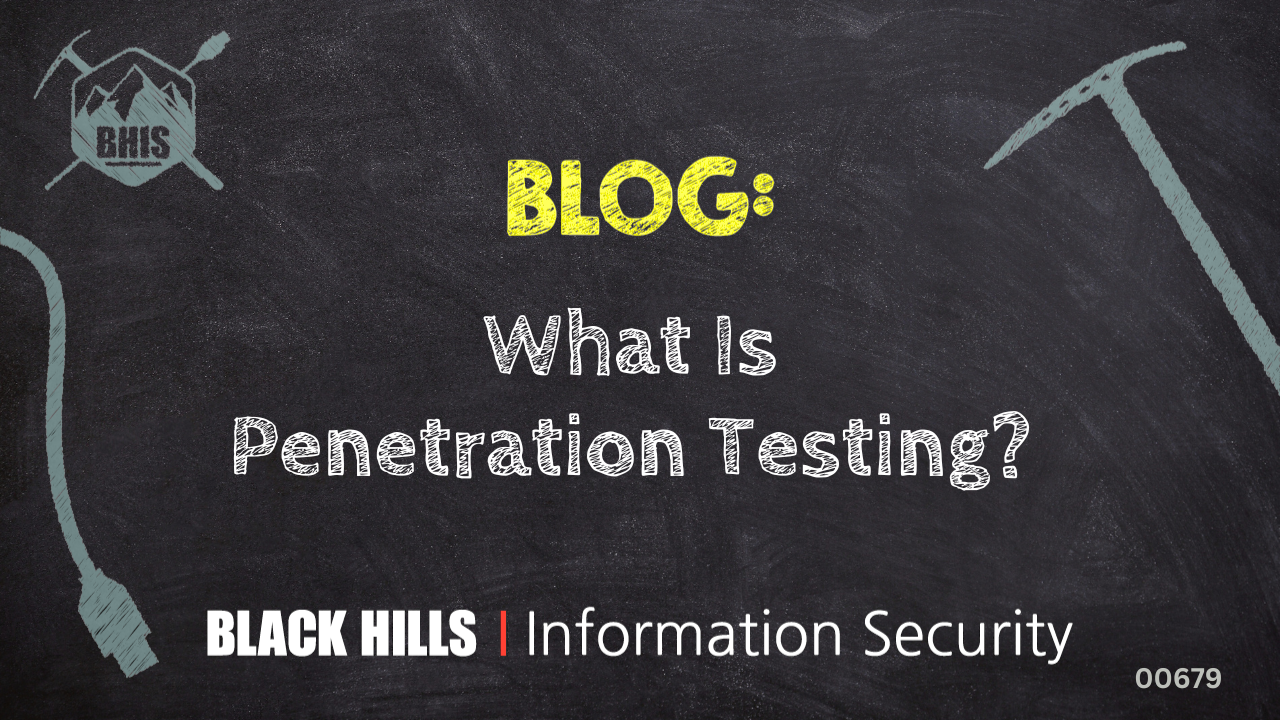In an era where digital threats evolve faster than ever, cybersecurity isn’t just a back-office concern — it’s a critical business priority. At Cloudflare, we understand the responsibility that comes with operating in a connected world. As part of our ongoing commitment to security and transparency, Cloudflare is proud to have joined the United States Cybersecurity and Infrastructure Security Agency’s (CISA) “Secure by Design” pledge in May 2024.
By signing this pledge, Cloudflare joins a growing coalition of companies committed to strengthening the resilience of the digital ecosystem. This isn’t just symbolic — it’s a concrete step in aligning with cybersecurity best practices and our commitment to protect our customers, partners, and data.
A central goal in CISA’s Secure by Design pledge is promoting transparency in vulnerability reporting. This initiative underscores the importance of proactive security practices and emphasizes transparency in vulnerability management — values that are deeply embedded in Cloudflare’s Product Security program. We believe that openness around vulnerabilities is foundational to earning and maintaining the trust of our customers, partners, and the broader security community.
Transparency in vulnerability reporting is essential for building trust between companies and customers. In 2008, Linus Torvalds noted that disclosure is inherently tied to resolution: “So as far as I’m concerned, disclosing is the fixing of the bug”, emphasizing that resolution must start with visibility. While this mindset might apply well to open-source projects and communities familiar with code and patches, it doesn’t scale easily to non-expert users and enterprise users who require structured, validated, and clearly communicated disclosures regarding a vulnerability’s impact. Today’s threat landscape demands not only rapid remediation of vulnerabilities but also clear disclosure of their nature, impact and resolution. This builds trust with the customer and contributes to the broader collective understanding of common vulnerability classes and emerging systemic flaws.
Common Vulnerabilities and Exposures (CVE) is a catalog of publicly disclosed vulnerabilities and exposures. Each CVE includes a unique identifier, summary, associated metadata like the Common Weakness Enumeration (CWE) and Common Platform Enumeration (CPE), and a severity score that can range from None to Critical.
The format of a CVE ID consists of a fixed prefix, the year of the disclosure and an arbitrary sequence number like CVE-2017-0144. Memorable names such as “EternalBlue” (CVE-2017-0144) are often associated with high-profile exploits to enhance recall.
As an authorized CVE Numbering Authority (CNA), Cloudflare can assign CVE identifiers for vulnerabilities discovered within our products and ecosystems. Cloudflare has been actively involved with MITRE’s CVE program since its founding in 2009. As a CNA, Cloudflare assumes the responsibility to manage disclosure timelines ensuring they are accurate, complete, and valuable to the broader industry.
Cloudflare issues CVEs for vulnerabilities discovered internally and through our Bug Bounty program when they affect open source software and/or our distributed closed source products.
The findings are triaged based on real-world exploitability and impact. Vulnerabilities without a plausible exploitation path, in addition to findings related to test repositories or exposed credentials like API keys, typically do not qualify for CVE issuance.
We recognize that CVE issuance involves nuance, particularly for sophisticated security issues in a complex codebase (for example, the Linux kernel). Issuance relies on impact to users and the likelihood of the exploit, which depends on the complexity of executing an attack. The growing number of CVEs issued industry-wide reflects a broader effort to balance theoretical vulnerabilities against real-world risk.
In scenarios where Cloudflare was impacted by a vulnerability, but the root cause was within another CNA’s scope of products, Cloudflare will not assign the CVE. Instead, Cloudflare may choose other mediums of disclosure, like blog posts.
Our disclosure process begins with internal evaluation of severity and scope, and any potential privacy or compliance impacts. When necessary, we engage our Legal and Security Incident Response Teams (SIRT). For vulnerabilities reported to Cloudflare by external entities via our Bug Bounty program, our standard disclosure timeline is within 90 days. This timeline allows us to ensure proper remediation, thorough testing, and responsible coordination with affected parties. While we are committed to transparent disclosure, we believe addressing and validating fixes before public release is essential to protect users and uphold system security. For open source projects, we also issue security advisories on the relevant GitHub repositories. Additionally, we encourage external researchers to publish/blog about their findings after issues are remediated. Full details and process of Cloudflare’s external researcher/entity disclosure policy can be found via our Bug Bounty program policy page
To date, Cloudflare has issued and disclosed multiple CVEs. Because of the security platforms and products that Cloudflare builds, vulnerabilities have primarily been in the areas of denial of service, local privilege escalation, logical flaws, and improper input validation. Cloudflare also believes in collaboration and open sources of some of our software stack, therefore CVEs in these repositories are also promptly disclosed.
Cloudflare disclosures can be found here. Below are some of the most notable vulnerabilities disclosed by Cloudflare:
Cloudflare quiche (through version 0.19.1/0.20.0) was affected by an unlimited resource allocation vulnerability causing rapid increase of memory usage of the system running a quiche server or client.
A remote attacker could take advantage of this vulnerability by repeatedly sending an unlimited number of 1-RTT CRYPTO frames after previously completing the QUIC handshake.
Exploitation was possible for the duration of the connection, which could be extended by the attacker.
quiche 0.19.2 and 0.20.1 are the earliest versions containing the fix for this issue.
CVE-2024-0212: Cloudflare WordPress plugin enables information disclosure of Cloudflare API (for low-privilege users)
The Cloudflare WordPress plugin was found to be vulnerable to improper authentication. The vulnerability enables attackers with a lower privileged account to access data from the Cloudflare API.
The issue has been fixed in version >= 4.12.3 of the plugin
The Cloudflare WARP client for Windows assigns loopback IPv4 addresses for the DNS servers, since WARP acts as a local DNS server that performs DNS queries securely. However, if a user is connected to WARP over an IPv6-capable network, the WARP client did not assign loopback IPv6 addresses but rather Unique Local Addresses, which under certain conditions could point towards unknown devices in the same local network, enabling an attacker to view DNS queries made by the device.
This issue was patched in version 2023.7.160.0 of the WARP client (Windows).
An improper privilege management vulnerability in Cloudflare WARP for Windows allowed file manipulation by low-privilege users. Specifically, a user with limited system permissions could create symbolic links within the C:ProgramDataCloudflarewarp-diag-partials directory. When the “Reset all settings” feature is triggered, the WARP service — running with SYSTEM-level privileges — followed these symlinks and may delete files outside the intended directory, potentially including files owned by the SYSTEM user.
This vulnerability affected versions of WARP prior to 2024.12.492.0.
CVE-2025-23419: TLS client authentication can be bypassed due to ticket resumption (disclosed Cloudflare impact via blog post)
Cloudflare’s mutual TLS implementation caused a vulnerability in the session resumption handling. The underlying issue originated from BoringSSL’s process to resume TLS sessions. BoringSSL stored client certificates, which were reused from the original session (without revalidating the full certificate chain) and the original handshake’s verification status was not re-validated.
While Cloudflare was impacted by the vulnerability, the root cause was within NGINX’s implementation, making F5 the appropriate CNA to assign the CVE. This is an example of alternate mediums of disclosure that Cloudflare sometimes opt for. This issue was fixed as per guidance from the respective CVE — please see our blog post for more details.
Irrespective of the industry, if your organization builds software, we encourage you to familiarize yourself with CISA’s “Secure by Design” principles and create a plan to implement them in your company. The CISA Secure by Design pledge is built around seven security goals, prioritizing the security of customers, and challenges organizations to think differently about security.
As we continue to enhance our security posture, Cloudflare remains committed to enhancing our internal practices, investing in tooling and automation, and sharing knowledge with the community. CVE transparency is not a one-time initiative — it’s a sustained effort rooted in openness, discipline, and technical excellence. By embedding these values in how we design, build and secure our products, we aim to meet and exceed expectations set out in the CISA pledge and make the Internet more secure, faster and reliable!
For more updates on our CISA progress, review our related blog posts. Cloudflare has delivered five of the seven CISA Secure by Design pledge goals, and we aim to complete the remainder of the pledge goals in May 2025.


